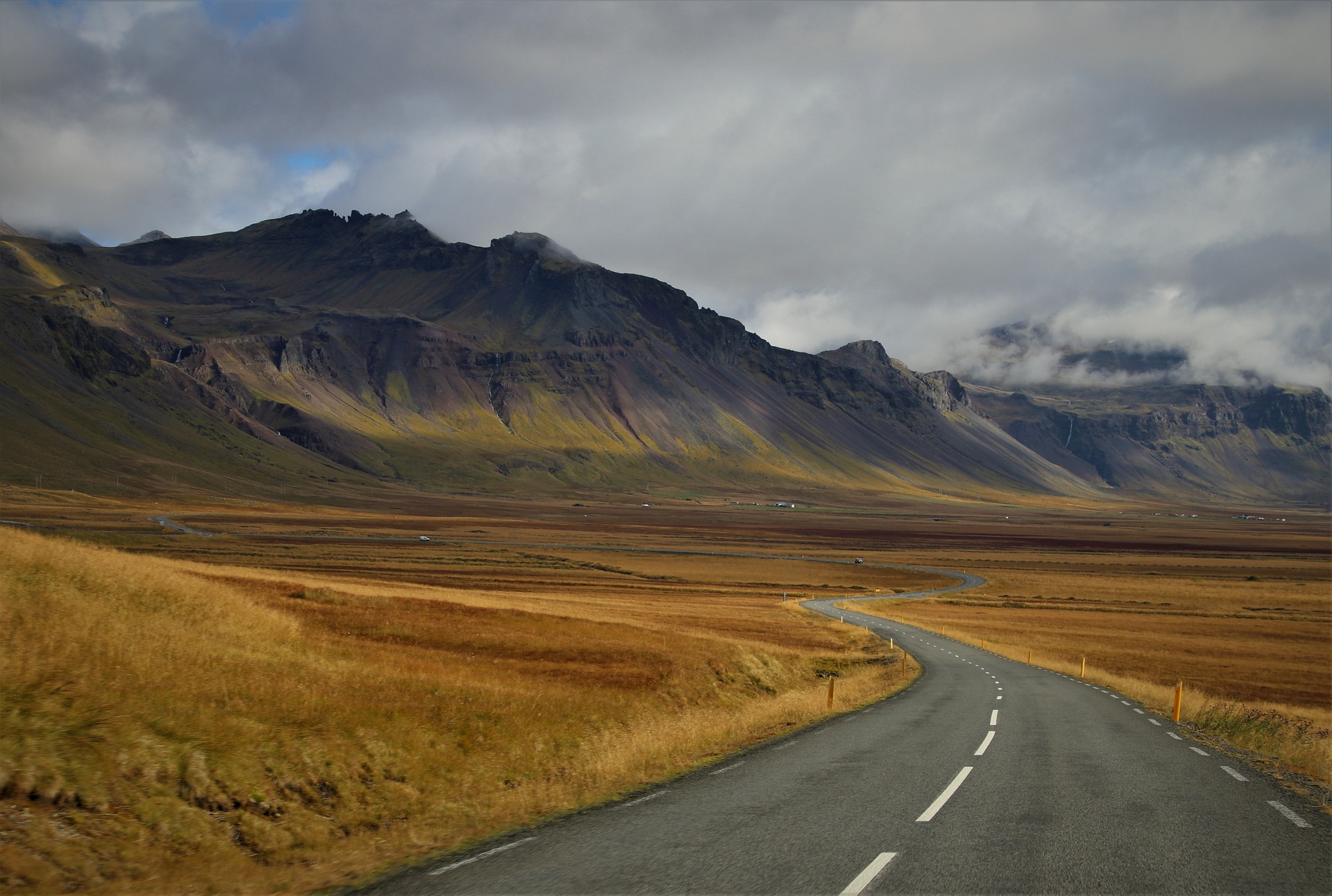Unraveling the Mysteries of Dark Tourism: A Deep Dive into the World's Most Haunting Travel Trend
Dark tourism, a phenomenon that has been around for centuries but only recently given a name, is a travel trend that explores sites associated with death, tragedy, or darkness. It's a controversial yet increasingly popular form of tourism that throws light on humanity's darker side. This article delves deep into this intriguing travel trend, its implications, and the reasons behind its growing popularity.

The Genesis of Dark Tourism
Dark tourism, also known as grief tourism, has its roots in the Middle Ages when people would travel to witness public executions or visit the battlefields. However, this trend has seen a dramatic surge in recent years, with tourists flocking to locations associated with disaster, death, and tragedy. The term ‘dark tourism’ was coined in the 1990s by Lennon and Foley, two professors from the UK, to describe the phenomenon of tourists visiting sites associated with death and suffering.
The Appeal of Dark Tourism
Dark tourism is not about thrill-seeking or morbid curiosity. Instead, it’s about understanding history, learning from past mistakes, and paying respects to victims of tragedies. It provides a unique perspective on life, death, and human resilience. From the Auschwitz concentration camp in Poland to the Chernobyl Exclusion Zone in Ukraine, these sites serve as stark reminders of the darker episodes in human history.
The Controversy Around Dark Tourism
Dark tourism is not without its controversies, though. The ethical implications of such tourism are often debated. While some argue that it’s a form of exploitation, others believe it’s a way to educate people about historical tragedies. The key is to ensure that these sites are treated with the respect they deserve, and tourists should behave appropriately, understanding the gravity of the sites they are visiting.
Impact on Travelers and Local Communities
Dark tourism can have a profound impact on travelers, eliciting a range of emotions from shock and horror to empathy and introspection. It can also provide an opportunity for healing and reflection. For local communities, dark tourism can bring economic benefits, but it can also stir painful memories. Balancing these aspects is crucial to ensure that dark tourism is conducted responsibly.
Things to Remember when Engaging in Dark Tourism
-
Do your research: Learn about the history of the site and understand its significance.
-
Be respectful: Keep in mind that you are visiting a site of tragedy and loss. Show respect to the victims and their families.
-
Avoid taking inappropriate pictures: Taking selfies or posing for photos at these sites is generally considered disrespectful.
-
Reflect: Take the time to reflect on the events that took place at the site and the lessons they offer.
The Future of Dark Tourism
Despite the controversies, the trend of dark tourism is unlikely to fade away anytime soon. As long as it’s conducted responsibly and respectfully, it can serve as a valuable educational tool, helping us reflect on our past and learn from our mistakes.
In conclusion, dark tourism is a complex, multi-faceted travel trend that offers a unique perspective on history, humanity, and life itself. As travelers, we have a responsibility to approach these sites with the respect and solemnity they deserve, turning our journeys into profound learning experiences.






